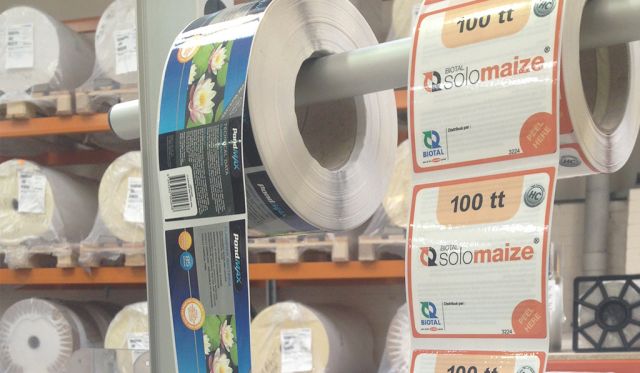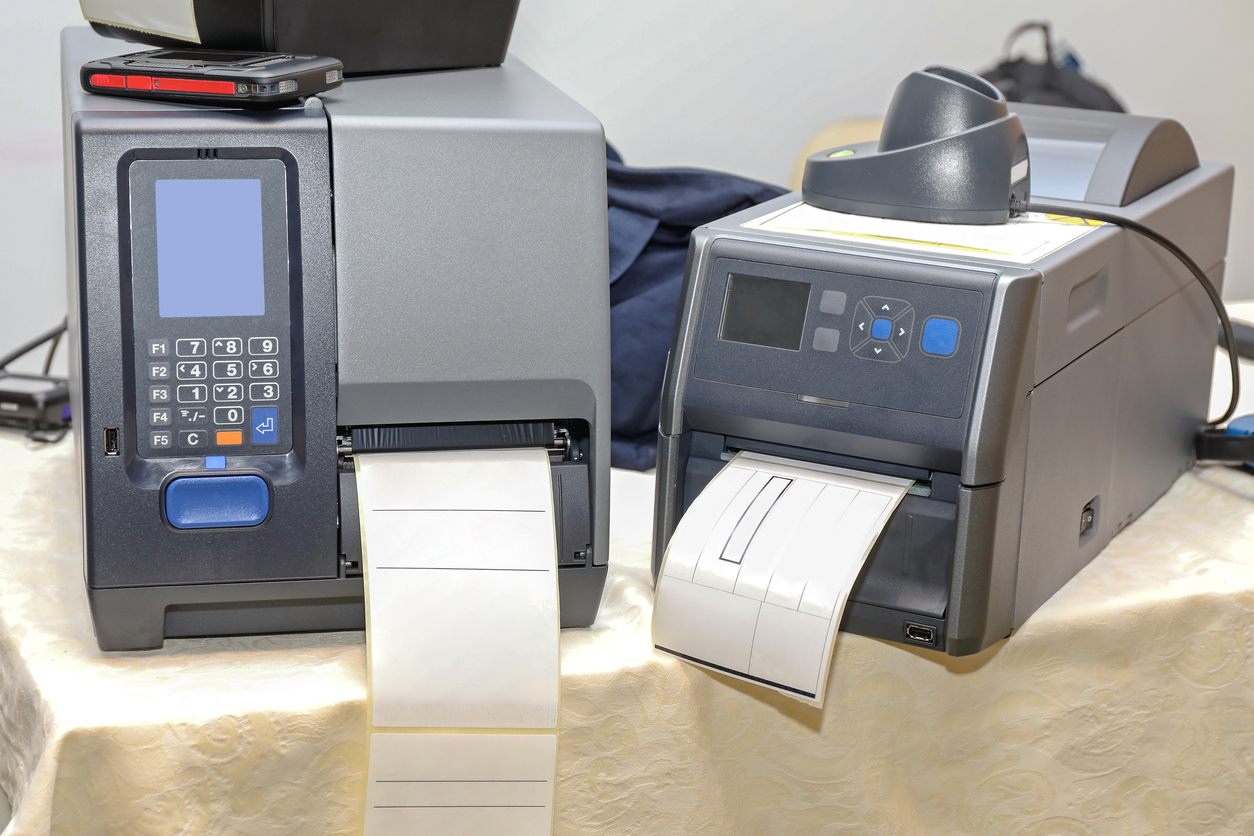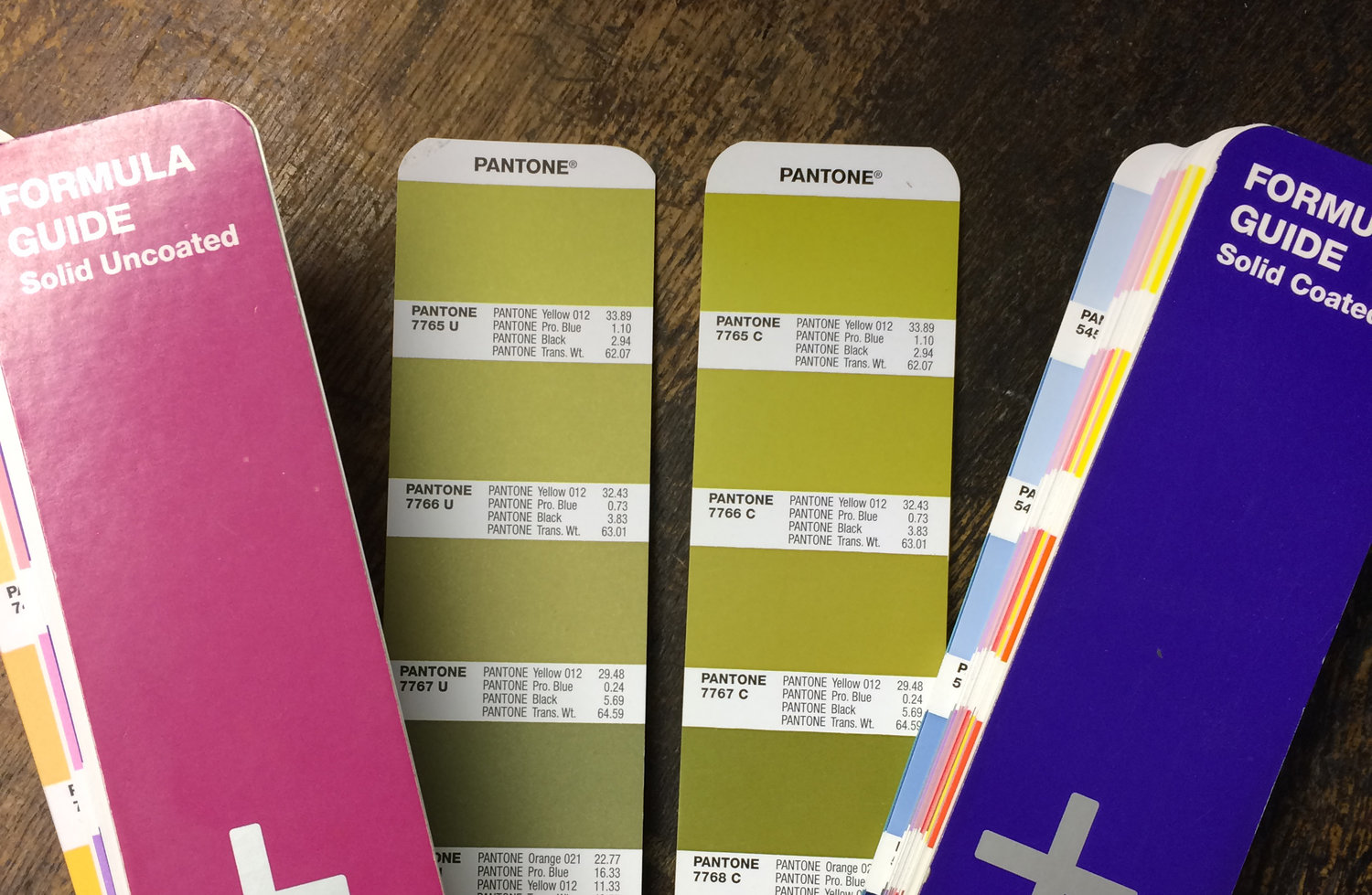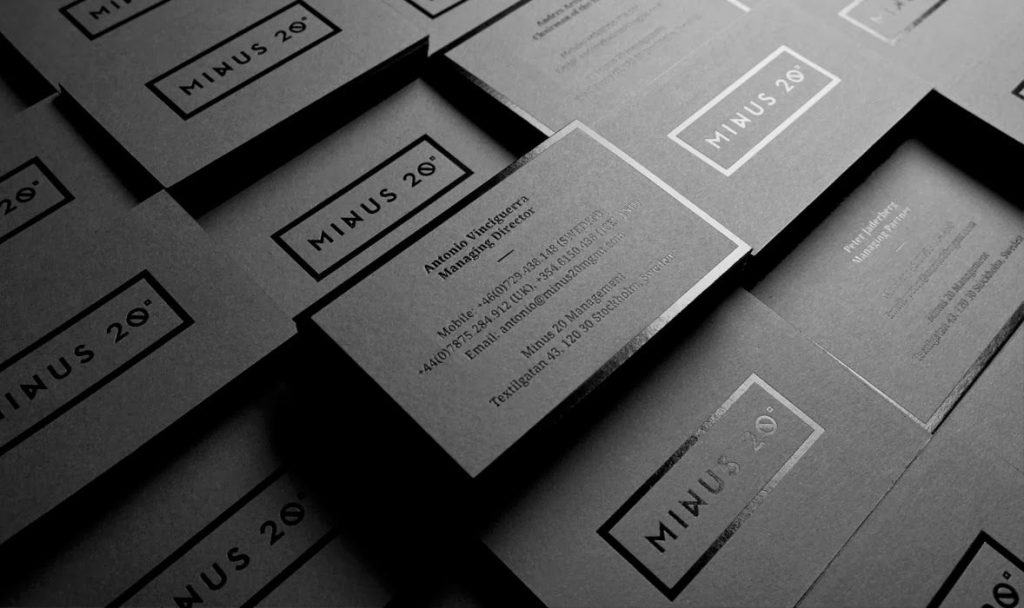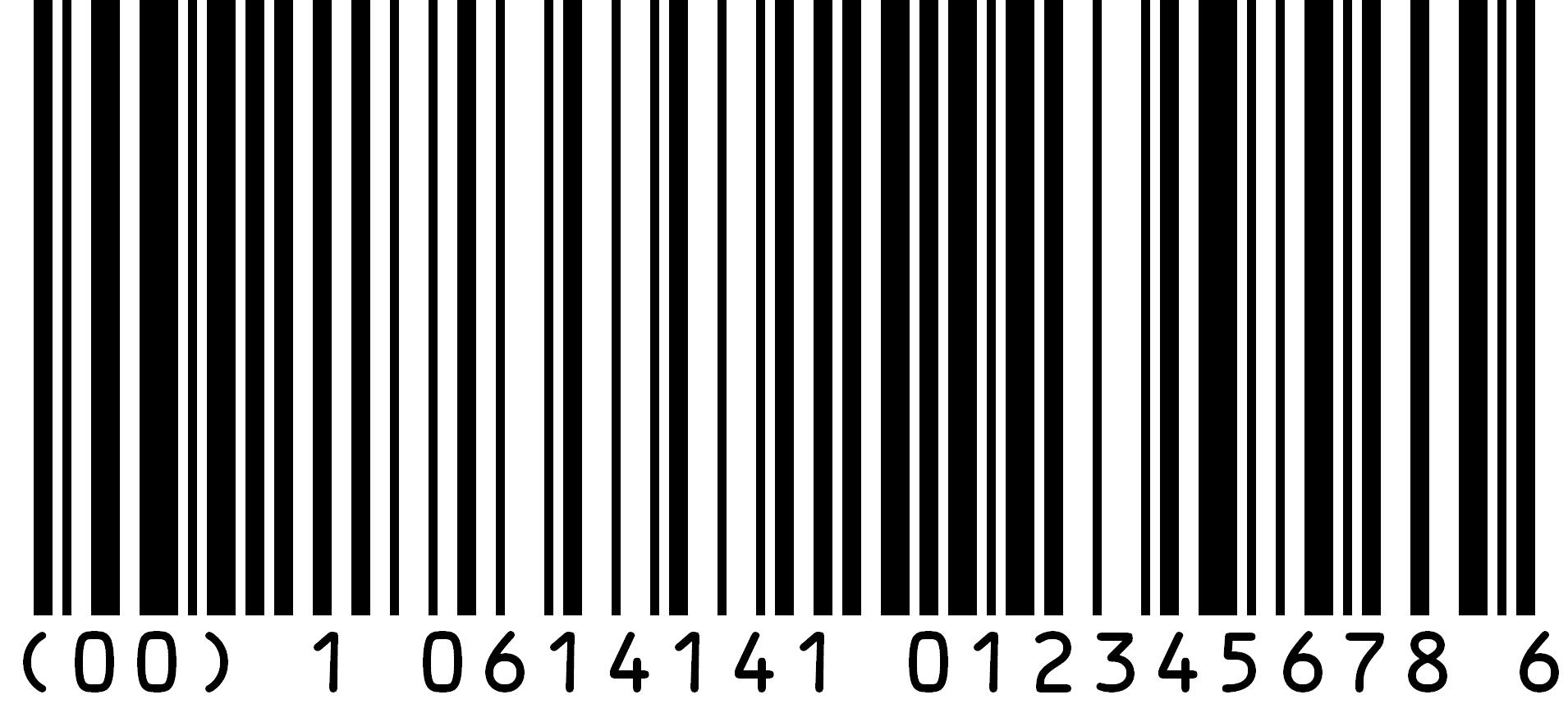
1D/ Linear Barcode

2D barcodes (such as QR codes)

There are several factors to consider when printing barcode labels, including:

Technology
The basic types of printer technology are dot matrix, ink jet, laser and thermal. While the first three types provide “fair” value at the expense of high maintenance costs and waste, thermal creates better quality barcodes with less environmental impact. There is both direct thermal (made with chemically treated materials) and thermal transfer (which utilizes a thermal print head to melt ink for a long-lasting barcode).

Materials
Will you print your barcodes on paper or synthetic materials? If synthetic, will you use polyester, long-life acrylic, or another material to create a long-lasting label? Will you create stock labels or print custom labels for every application? These questions are crucial and bring you to the next factor.

Scope
Small businesses can use desktop printers for small-scale jobs; hospitals use wristband printers to produce wearable barcodes for patients; warehouses usually invest in industrial printers to create the thousands of barcodes necessary to keep up with production; and so on. While the two main categories are desktop and industrial, there are subsets within those as well, including two- or four-inch deskto.

DIY
It’s possible to design and create barcodes yourself, depending on the needs of your business. However, some companies find that outsourcing that responsibility is either necessary or preferred. Determine how you’ll be utilizing your barcodes before going one way or the other.
Businesses, organizations and institutions across a myriad of industries, from warehousing to medicine to local government offices, have begun to embrace the versatility and reliability of barcode labels. Barcodes are a great low-cost technology for data collection, whether it’s for inventory or asset management, ticketing, retail, patient identification, advertising and so much more. The only question is, what kind of barcode label is right for you and your business?
Barcodes are not formed out of thin air, nor is general stock copy paper necessarily an appropriate medium for printing them at your office and applying to inventory, fixed assets or wrists. Depending on what the barcode is expected to endure (for example: some assets are often used in harsh outdoor environments and require barcodes that can withstand humidity, rain and other weather variables), there are a variety of options in terms of the material, size, shape and even the printing technology used.
What will you do with your barcode labels? Here are just a few ways that printed barcodes can help make your business run more efficiently, with suggestions for what you would need to create those labels using the parameters discussed above:

Inventory Management
Retailers often apply barcodes to their incoming inventory as part of a larger stock control system, allowing them to know exactly how much they have on hand, where it’s located in their warehouse, when more will be needed to meet an incoming surge of demand and other factors that contribute to inventory turnover ratio and the company’s carrying costs. Using a desktop or industrial printer, companies can print barcode labels on paper for use in tracking a product all the way from receiving the WIP goods to the finished product on a customer’s front door.

Fixed Asset Management
Manufacturers and government offices often find themselves short on fixed assets, which are the long-term pieces of property that help create income, such as laptops or vehicles. Barcodes can help create a check-in/check- out system for fixed assets so they don’t go missing due to forgetfulness or theft, which can create costly ghost assets, not to mention slowdowns in workflow. By printing asset labels with a desktop printer on acrylic materials, companies can apply barcodes to items that are often used outdoors (such as cameras or machinery) and rest assured that they’ll stand the test of time.

Ticketing and Other Identification
Hospitals may find that crucial information about a patient or their medication can get lost or contain errors if it is not recorded correctly. Another less critical but similar situation is companies that print out tickets for sporting or music events, it’s important to create something quickly that contains information such as what levels they have access to. With a mobile printer, both hospitals and arenas can create small but readable barcodes on paper or polyolefin for short-term but durable use.
In terms of applications, we are only scratching the surface of what barcodes can do for your business, big or small. For a relatively old-school technology, barcodes are remarkably powerful, and with the help of burgeoning barcode label printing technology will only become easier to integrate into existing business models. There are few limits on the size, shape and form of barcode labels, and fewer on how you can start applying them yourself.

Materials
What facestock will you use to print your barcode labels on? There are two main choices, though a number of options exist for synthetic materials depending on what you’ll use your barcodes for:

Paper
Paper labels are a solid choice for general applications utilizing direct thermal technology. You can use paper labels on shipping labels, inventory labeling and work-in- progress goods that still need to be produced into the final product.

Synthetic
Mainly used for thermal transfer, synthetic materials are best for barcodes that need to last a long time under harsh conditions. Exactly what kind of conditions alters the type of synthetic material used.

Polyolefin
A corona-treated material best for curved or rough surfaces Polyester or polypropylene- Great for barcodes that might otherwise smear, scratch or wear down under chemical resistance. Polyimide- Can withstand temperatures up to 500 degrees. Long-life acrylic- Best for long-term outdoor use.
The Common Types of Label Materials
As with adhesives, there are many different types of materials suited to different applications.

Paper Labels
Paper is probably the most inexpensive and commonly used type of material for general inventory, packaging and shipping labels. The work well in for most common applications and non- specific environments, but tend to be less durable than other types. There are a number of variations when it comes to choosing a paper label:

Thermal or Laser-printed
The type of paper label you choose will also depend on the type of printer you intend to use. Thermal labels require heat to print, while laser-printed labels use ink.

Coated or Uncoated Labels
Coated labels are slightly more durable and resistant to tearing than uncoated

Gloss and Matte Coated Papers
Glossy coatings are not commonly used simply due to the fact that they reflect light and may end up distorting a barcode.

Coloured Papers
Coloured paper can be useful for colour-coding, however colour may affect the contrast of a barcode, making it harder to scan. White is usually the best option.

Paper Labels with Wet-strength Capacity
These labels are resistant to water and damp making them a useful choice for a items that might be exposed to small amounts of water such as in refrigeration.

Polypropylene Labels
Polypropylene is oil, water and tear resistant, making these labels durable when not exposed to extreme weather or chemicals. They are only slightly more expensive than paper labels making them a good choice for low level durability.

Polyester Labels
Polyester labels are the most durable types of labels and the ideal choice for heavy use and rugged environments. They are resistant to water, oil, scratching and chemical exposure, but are relatively rigid, making them unsuitable for curved surfaces. They are the ideal choice for outdoor use, harsh conditions, or exposure to chemicals.

Polyethylene Labels
Polyethylene is also a less rigid material than polyester and is ideal for use on curved surfaces such as bottles or vials. It is water and chemical resistant.

Polyimide Labels
Polyimide is a polymeric plastic material that is designed specifically for long-term durability at very high heat (in excess of 250°C). It is thermally very stable, and a good choice for use in electronics.

Vinyl Labels
Vinyl labels with a strong adhesive are especially tamper-resistant, breaking up into small pieces if removal is attempted.
When integrating into your production and manufacturing processes, we can help you to test all labeling options, from materials to adhesives, and decide on the best solution for your application.
